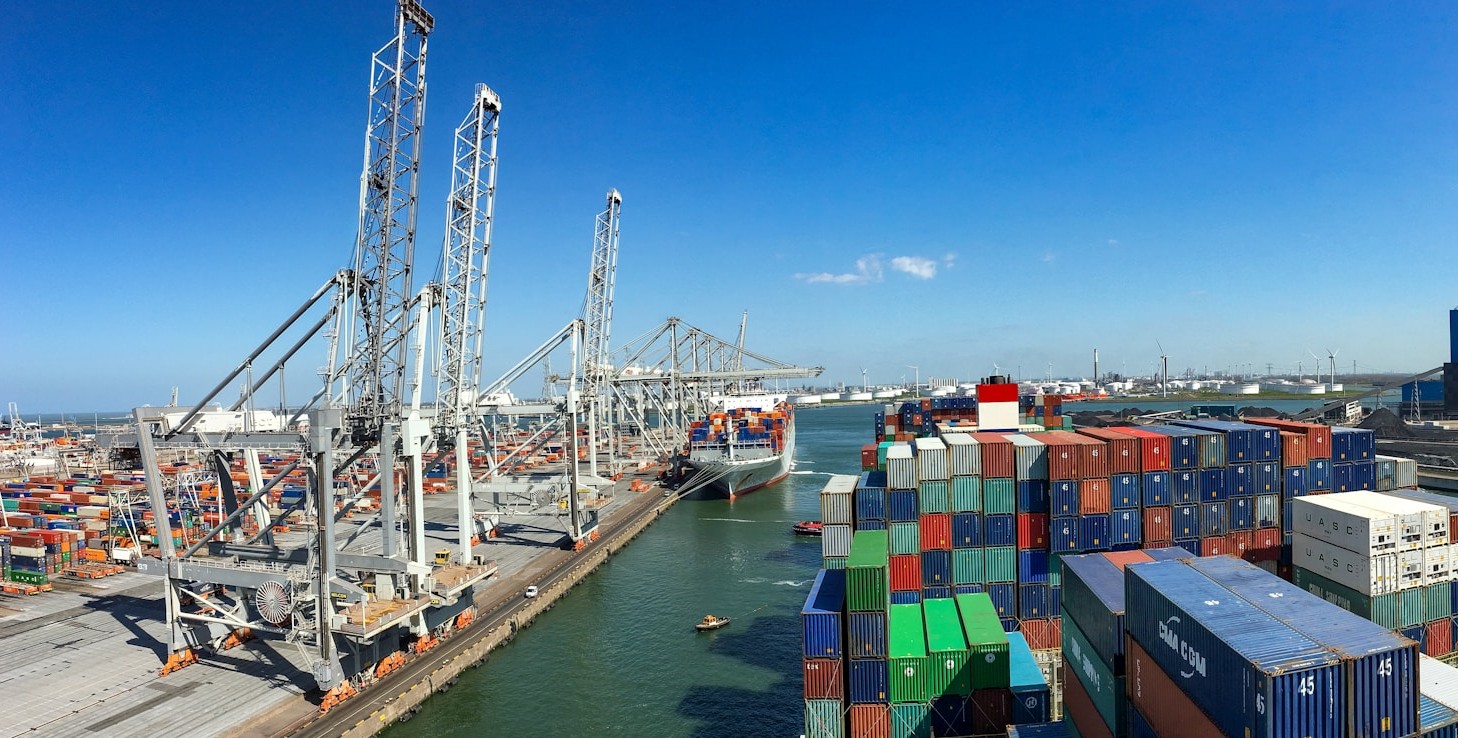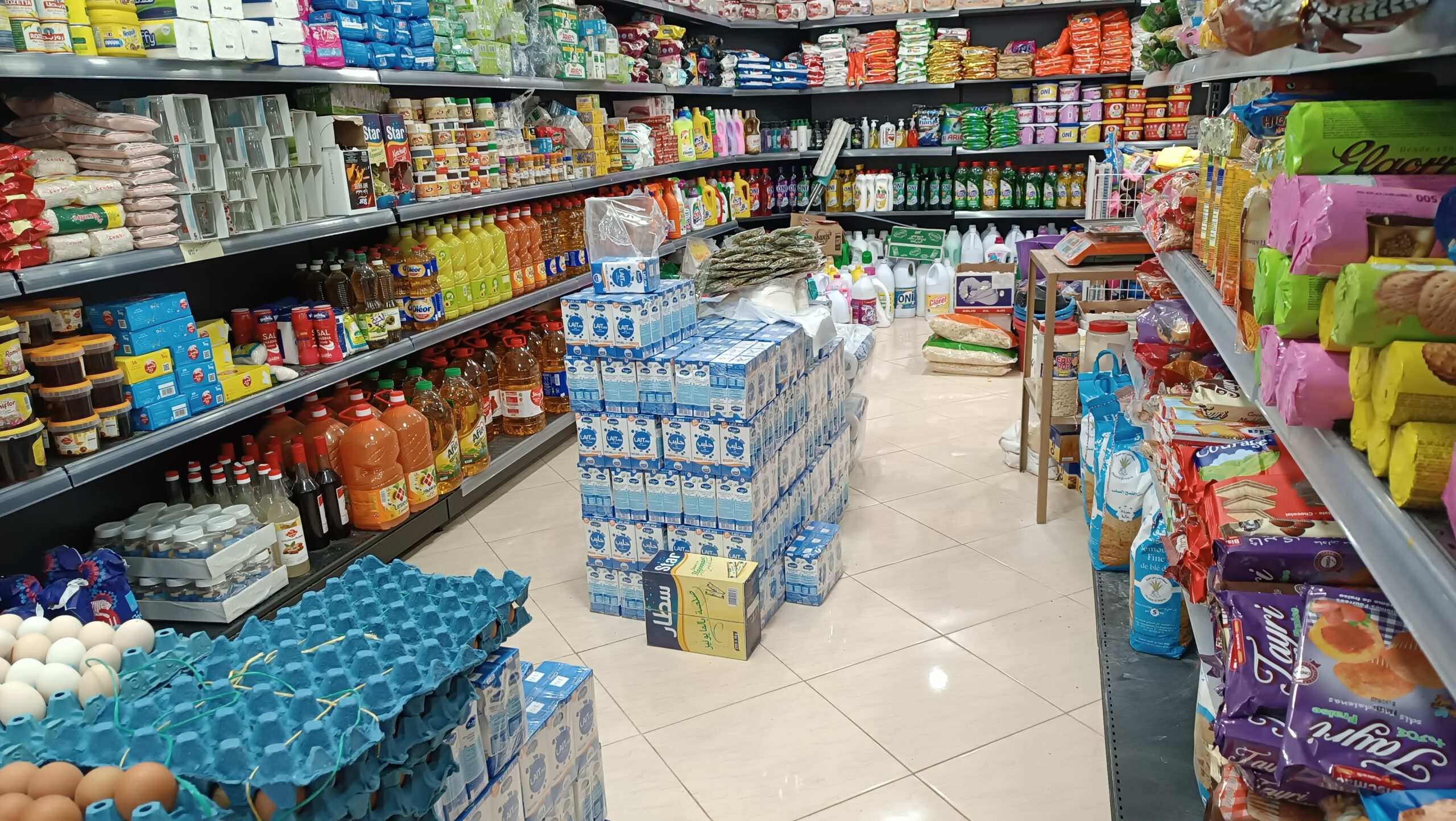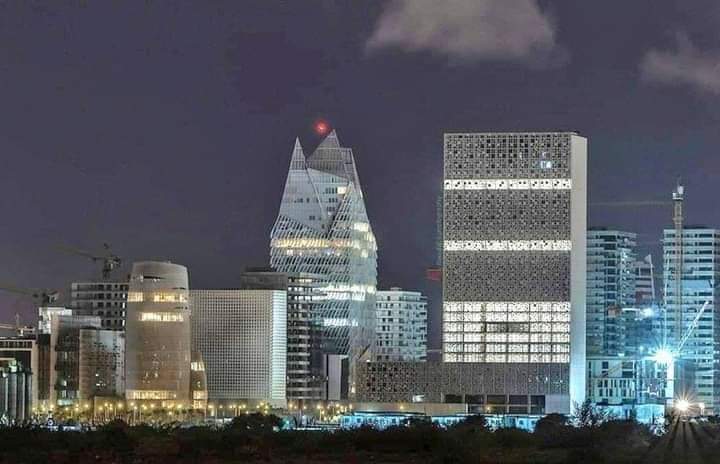Casablanca – Morocco’s Consumer Price Index (CPI) recorded a 0.8% increase in January 2025 compared to the previous month, according to the latest data from the High Commission for Planning (HCP). This rise is primarily due to a 1.6% increase in food prices, while non-food product prices remained stable.
Key drivers of inflation
The rise in food prices was particularly driven by significant increases in several categories:
- Fish and seafood (+6.0%)
- Vegetables (+4.7%)
- Meat (+2.0%)
- Fruits (+1.6%)
- Milk, cheese, and eggs (+0.6%)
- Coffee, tea, and cocoa (+0.5%)
Conversely, a slight decline of 0.5% was recorded in the prices of mineral water, soft drinks, and fruit and vegetable juices. Among non-food items, restaurants and cafés saw a 0.3% price increase, while all other categories remained stable.
Geographical variations
The impact of price changes varied across Morocco’s cities. The most significant CPI increases were observed in:
- Settat (+1.5%)
- Safi (+1.3%)
- Tétouan, Guelmim, and Al-Hoceima (+1.1%)
- Kénitra and Marrakech (+1.0%)
- Meknès and Errachidia (+0.9%)
- Tangier and Beni Mellal (+0.8%)
- Fès and Oujda (+0.7%)
- Agadir (+0.6%)
On the other hand, Laâyoune was the only city to register a price decrease, at -0.5%.
Annual inflation trends
On a year-over-year basis, the CPI rose by 2.0% compared to January 2024. This was mainly due to a 3.3% increase in food prices, while non-food products saw a more moderate rise of 1.1%.
Within the non-food category, notable changes included:
- A 2.7% decrease in transport costs
- A 3.6% increase in housing, water, electricity, gas, and other fuels
Core inflation and economic outlook
The core inflation index, which excludes volatile and regulated prices, rose by 0.2% month-over-month and by 2.4% year-over-year. This indicates continued inflationary pressure, particularly affecting essential goods and services.
The increase in consumer prices reflects ongoing economic challenges, with food costs continuing to exert pressure on household budgets. The price fluctuations highlight regional disparities in inflation trends, as some cities experience sharper increases than others.
Looking ahead, the evolution of food prices and the impact of inflation on household purchasing power remain key concerns. Policymakers and economic analysts will continue to monitor price trends closely to assess their implications for national economic stability and future policy measures.
















